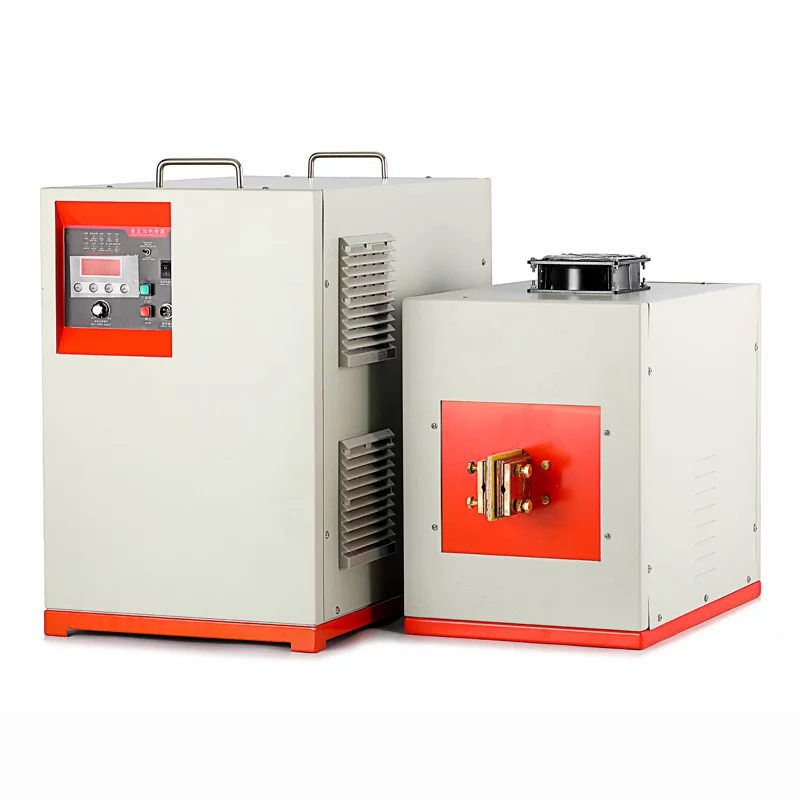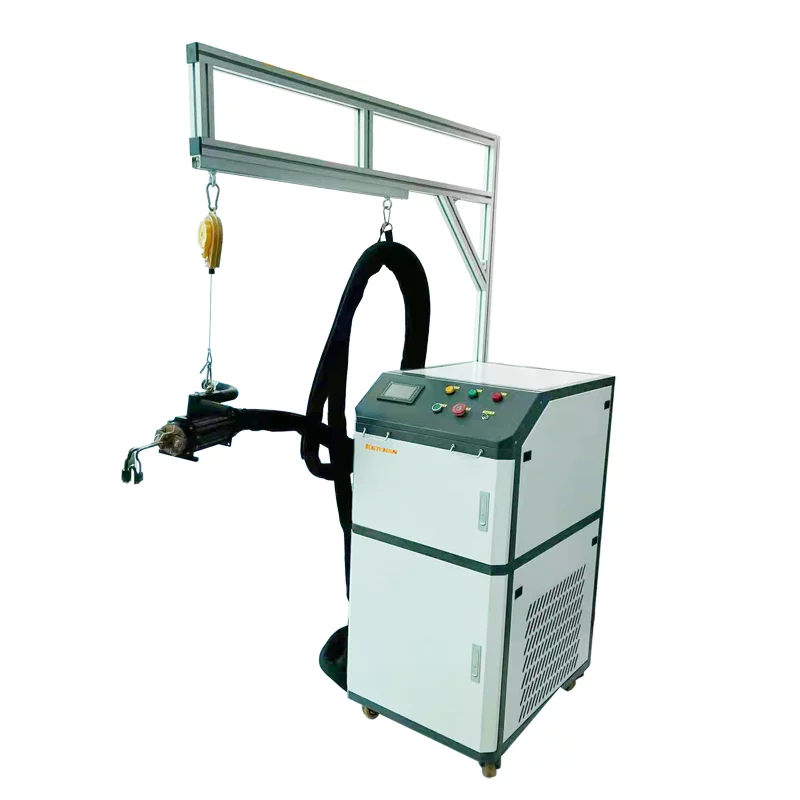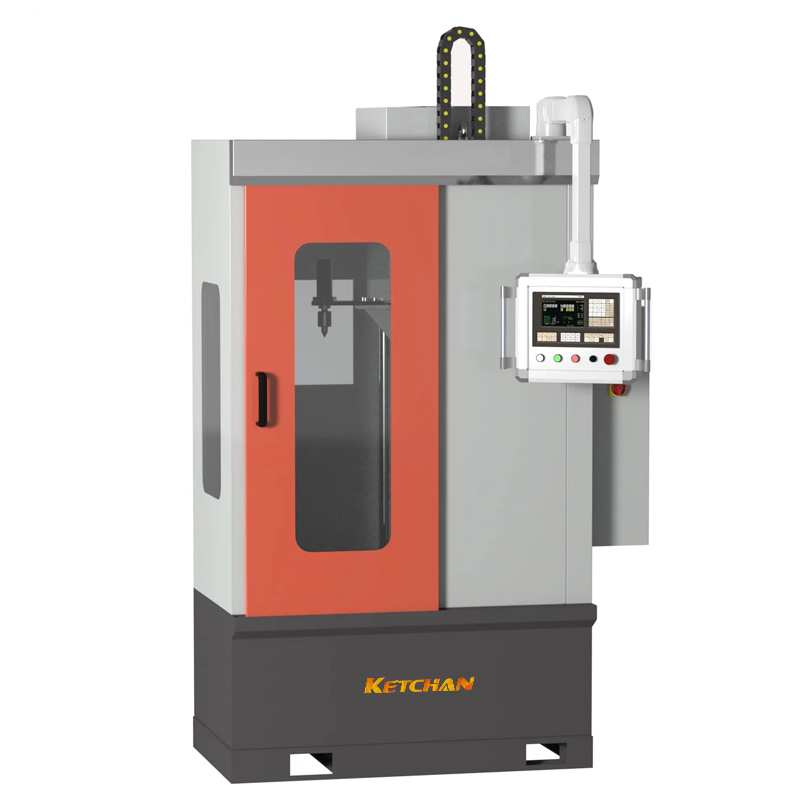Metal nitriding is a chemical heat treatment process in which nitrogen atoms infiltrate into the surface layer of the workpiece in a certain medium at a certain temperature. Nitriding products have excellent wear resistance, fatigue resistance, corrosion resistance, and high-temperature resistance.
The elements of aluminum, chromium, vanadium, and molybdenum in traditional alloy steel are very helpful for nitriding. When these elements come into contact with the primary nitrogen atoms at the nitriding temperature, stable nitrides are formed. Molybdenum, in particular, is used not only to produce nitrides but also to reduce brittleness at nitriding temperatures. Elements in other alloy steels, such as nickel, copper, silicon, and manganese, do not contribute much to the nitriding characteristics. Generally speaking, if the steel contains one or more nitride forming elements, the nitriding effect is better. Aluminum is the strongest nitride element, containing 0.85 ~ 1.5% aluminum for the best nitriding results. In chromium-containing chromium steel, if sufficient content, can also be very good results. But there is no alloy carbon steel because its nitriding layer is very brittle, easy to flake, is not suitable for nitriding steel.
There are six commonly used nitriding steels as follows:
(1) Low alloy steel containing aluminum (standard nitriding steel)
(2) medium carbon low alloy steel SAE 4100,4300,5100,6100,8600,8700,9800 series containing chromium element.
(3) Hot die steel (containing about 5% chromium) SAE H11 (SKD-61) H12, H13
(4) Ferrite and Martensite stainless steel SAE 400 series
(5) Austenitic stainless steel SAE 300 series
(6) Precipitation hardened stainless steel 17-4pH, 17-7pH, A-286, etc
The standard nitriding steel containing aluminum has a high hardness and wear-resistant surface, but its hardening layer is also brittle. On the contrary, low alloy steel containing chromium has a low hardness, but the hardened layer is relatively tough, and its surface also has considerable wear resistance and beam resistance. Therefore, when selecting materials, it is advisable to pay attention to the characteristics of materials and make full use of their advantages to meet the functions of the parts. Tool steels such as H11 (SKD61) D2 (SKD-11) have a high surface hardness and high core strength.
Role: To increase the wear resistance, surface hardness, fatigue limit, and corrosion resistance of steel parts.





